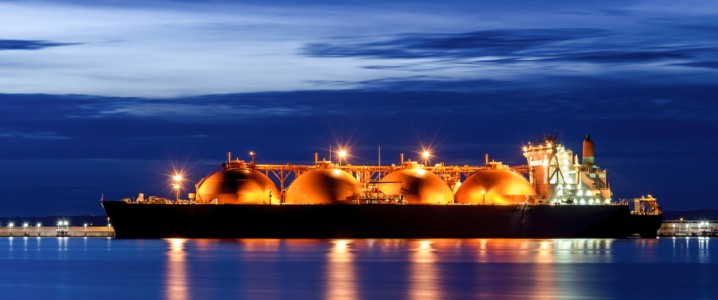Maintenance season for liquefied natural gas plants in the United States caused a decline in exports of the superchilled fuel in May, with the number at 8.9 million metric tons, from an all-time high of 9.3 million tons in April.
The data came from LSEG, as reported by Reuters, which noted that the largest LNG production facility in the country, Cheniere Energy’s Sabine Pass plant, operated at the lowest rate in two years due to maintenance.
Of the total exports in May, the biggest chunk went to Europe, as is now usual, at 6.05 million tons, accounting for 68% of the total. Exports of LNG to Asia stood at a modest 1.88 million tons, accounting for 21% of the May total.
Earlier this month, the International Group of Liquefied Natural Gas Importers warned that the outlook for LNG demand was highly uncertain, with its president saying that although long-term fundamentals remain strong, short- to medium-term demand projections were increasingly difficult to pin down due to volatile pricing, geopolitical fragmentation, and uneven economic recoveries in key Asian markets.
U.S. producers of the fuel, however, do not seem concerned about this outlook and are gearing up towards even more production later this year. Cheniere is scheduled to start four of seven new trains at its Corpus Christi plant, Venture Global is set to complete construction work at its new Plaquemines plant, and Golden Pass LNG is about to start producing.
Down the road, there’s even more LNG coming, with Sempra Energy securing authorization from the federal government to start exports from its Port Arthur LNG Phase 2 facility in Texas, currently under construction. The permit is for 13.5 million tons annually. With it, the amount of new LNG exports that the current administration has authorized so far stands at a daily average of 11.45 billion cu ft of natural gas.
By Irina Slav for Oilprice.com
More Top Reads From Oilprice.com

